By Kelly Bell
By the spring of 1943 the situation for Nazi Germany was becoming grave as military reverses in Russia and Africa sent the formerly unstoppable Wehrmacht reeling. The political situation was evolving as well as German leaders began to explore nonmartial means of staving off unconditional surrender.
At this time Germany’s former ambassador to Italy, Ulrich von Hassell, was being visited at his home in Ebenhausen, Germany, by his lovely daughter Fey and her aristocratic Italian husband Detalmo Pirzio-Biroli, who had risen to the rank of lieutenant in Mussolini’s army despite his unconcealed anti-Axis sympathies. As had happened to Fey’s father, Detalmo’s career was destroyed by his refusal to serve the governments of Rome and Berlin, and soon after his and his wife’s March 1943 visit to Ebenhausen he joined a band of pro-Allied insurgents operating outside of Milan. He spent the rest of the war harrying Nazi and Fascist forces behind their lines.
Following the fall of Mussolini’s Fascist government, Fey fled her Italian estate at Brazza just ahead of a Waffen SS regiment that requisitioned the property as its headquarters. With her little boys, Corrado and Roberto, Fey settled in with one of Detalmo’s cousins in nearby Padua, but soon returned to Brazza.
For over a year Fey was able to lead a fairly mundane, untroubled existence. In the spring of 1944, the SS moved out and Brazza was occupied by a regiment of German Army engineers who allowed Fey and her children to live in three of her mansion’s rooms and left them in peace. However, the July 20, 1944, attempt to assassinate Adolf Hitler changed everything.
Suddenly, being “politically unstable” was no longer a mere liability. Those so labeled were branded dangerous enemies of the state to be dealt with mercilessly. Ulrich von Hassell was not immediately arrested because he was a civilian, and the actual perpetrators of the assassination attempt against Hitler were Army officers. However, in September 1944, Fey received word that her father, like so many others, had been arrested and hanged. Germany’s Sippenhaft laws made Ulrich von Hassell’s family, solely because they were related to him, equally guilty of treason.
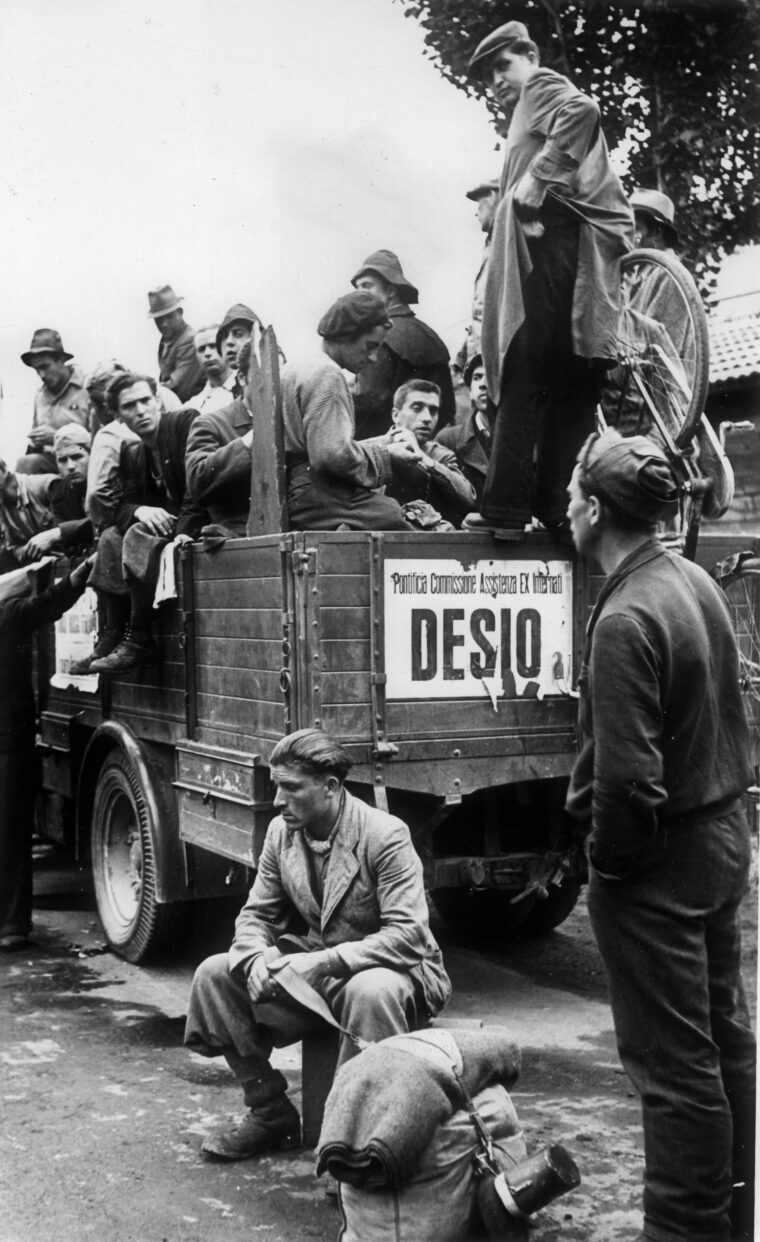
The Gestapo arrested Fey and locked her in a women’s prison in nearby Udine. After 10 days she was released and sent home, but her troubles had barely begun. On September 26, an SS detachment took her and her little boys to Innsbruck, Austria, and locked them briefly in a hotel. Two days later female SS nurses took her children from her, threw her into the city’s Gestapo jail, and left her for three weeks in a filthy bathroom-sized cell with four other women. On October 26 (her 26th birthday) she was taken by rail to the town of Reinerz (now Rynarec, Czechoslovakia) and locked in an isolated hotel with other anti-Nazi notables whom the SS intended to use as bargaining hostages during the imminent German collapse.
To Fey’s relief, none of her relatives were among the prisoners, and for over a month they were held in their amicable, comfortable lockup. On November 30, 1944, they were herded onto a train bound for Danzig (now Gdansk, Poland). They made it only as far as Breslau, where they were halted to give right-of-way to troop transports. They spent the next 36 hours in a bitterly cold detention center without food or beds and with just one toilet.
At 4 am on December 2, they were kicked awake by a new set of SS guards, herded back onto the train, and sent eastward. With as little use for communism as Nazism, the group was terrified they would fall into Soviet hands, but in the predawn of December 3 the hapless criminals of kin arrived at their first concentration camp—Stutthof.
Fey and her 21 companions were housed in a large barracks on the camp’s outskirts and given privileged treatment rather than the soulless barbarism visited on the hordes of less fortunate inmates. The hostages were not forced to perform strenuous physical labor, were allowed to retain their own clothes rather than being dressed in the thin, stiff camp uniforms, were permitted to have books, did not have their heads shaved, and were given direct access to the camp commandant, to whom they could make requests.
Their lot was harsh nevertheless. At midday they were delivered one barrel of watery soup, and in the evenings they received a few small hunks of black bread, meat, and an occasional chunk of cheese. Being steadily weakened by malnutrition, they were forced to chop their own firewood to heat their drafty dormitory against the severe Baltic winter. Before long scarlet fever and dysentery broke out among them.
Fortunately, one of their number, Bogislav Gordeler, was a medical doctor. Also, the camp commandant had been ordered to keep the hostages alive, so he provided them with medicine. Still, by Christmas half the prisoners were bedridden and the medicine had run out. Fey was down with a 104-degree fever brought on by typhoid and dysentery. The worried camp commandant at the last moment sent medical personnel to treat the foundering hostages.
By mid-January, illness was no longer the group’s main concern. The constant drone of Soviet bombers, their cargoes drumming to earth, and the incessant rumble of Red Army artillery tormented the prisoners with fear. When the commandant appeared in the barracks on January 27 and announced all VIP prisoners were to leave in one hour, all reacted with relief and hurriedly packed.
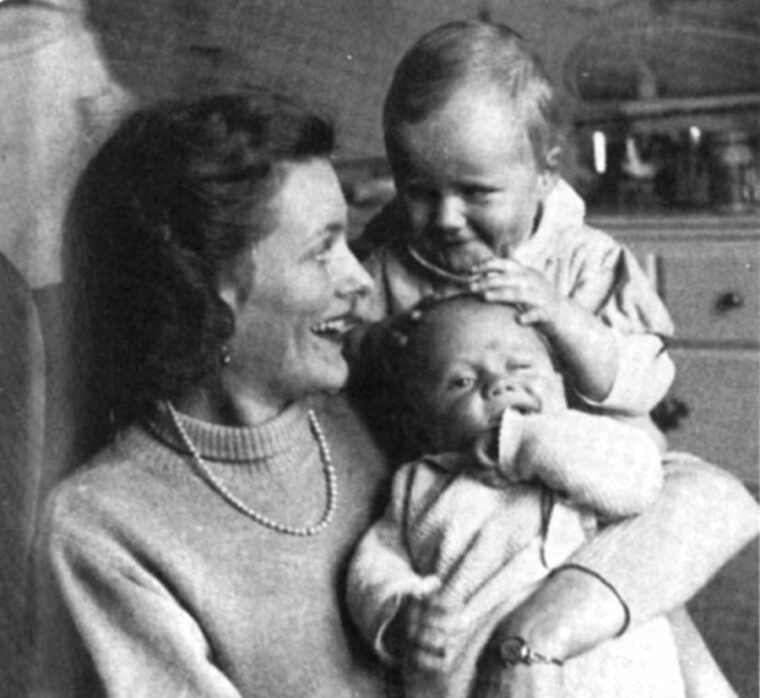
Wrapping themselves in blankets, the freezing, emaciated aristocrats boarded trucks outside their dorm and lurched off to the train station. They climbed aboard an ancient railway carriage whose windows were all broken and that was half full of snow. Slowed by blizzards and endless columns of miserable refugees fleeing the Red Army’s massive winter offensive into East Prussia, the train needed 37 hours to cover the 20 miles from the Vistula River to Danzig. This sole remaining rail link to the west was hopelessly jammed with earlier-arriving trains, so the SS crammed its prisoners into a truck and trundled them to a nearby SS correctional facility called Matzkau.
Because the hostages were too weak to climb, SS convicts dragged them to a hilltop barracks and fed them a good meal that doubtless saved some of their lives. They were kept in the building for the next 10 days and fed standard SS officers’ rations to ensure their survival as valuable bargaining leverage. Yet, it was too late for elderly Baroness Anni von Lerchenfeld, who died from pneumonia five days after arriving at Matzkau.
Although shaken and sobered by the aged noblewoman’s passing, the captives were strengthened by the improved conditions. Soon the sounds of battle were audible once again in the east.
On February 8, 1945, the group entrained for Buchenwald. Grinding miserably through the surreal, war-torn winter landscape, the train took until March 3 to deliver the hostages to the massive death camp. During the trip elderly Clemens and Elisabeth von Stauffenberg had become so weak that they were removed from the train and left in a hospital.
At Buchenwald Fey’s group was merged with another batch of special prisoners, but no one was familiar to her. At this point she was given a letter from her mother informing her that her brother Hans Dieter von Hassell had been imprisoned in Kustrin, which the Red Army was rapidly approaching.
Numbering 34, the prisoners of kin were now closer to the Americans and British than to the Russians, but hopes of being liberated by the Western Allies were postponed on April 3 when an SS officer faced the group and yelled, “Pack your bags! Bring only what you can hold on your laps!”
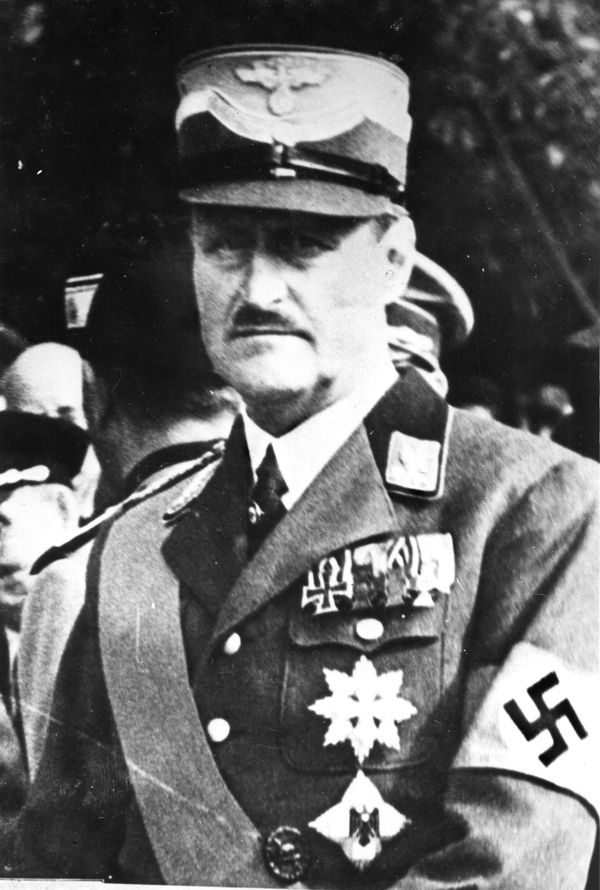
Waiting on Buchenwald’s railway platform, the captives felt heartened by the noise of artillery now coming from the west, and the warplanes overhead wore U.S. and British markings. Still, there was no salvation. After dark, when the fighter planes departed, the hostages were shoved onto trucks and driven to a town called Weiden. They passed through the community without stopping, halting on the other side of the town. Here they rendezvoused with a police van carrying the former French prime minister Leon Blum; Navy commander Franz Liedig, a well-known anti-Hitler officer who once served in Germany’s Abwehr espionage network; and an anti-Nazi civilian government official named Josef Muller, who had been a close associate of Fey’s father.
As the little convoy meandered deeper into Bavaria, the prisoners began to perceive that the hostage program had largely lost its meaning in the enveloping chaos of the crumbling Third Reich. With communications in disarray there was no longer any way that the remaining Nazi government could even transmit any proposals to the Allies, not that anyone in Berlin even knew at this point where the hostages were. Their Waffen SS guards under Obersturmführer (1st Lieutenant) Ernst Bader had little idea what to do with their distinguished charges but were simply fleeing the armies converging from east and west.
On the afternoon of March 5, the procession arrived at the old state prison at Regensburg, where the prisoners were clapped in filthy little cells overnight. The intriguing British captain, S. Payne Best, joined them here. One of the most resourceful and successful of Britain’s prewar counterintelligence operatives, Best was captured in Holland at the war’s outbreak and had been in custody ever since. The next morning the captives and their guards spent three hours cowering together in a cellar as a massive fleet of American bombers rumbled overhead. Afterward, they all reboarded their trucks and set out southward.
On March 6, they reached the Bavarian forest hamlet of Schonberg and bivouacked in a school. While there, a Gestapo unit arrived and dragged Lutheran pastor Dietrich Bonhoffer, Admiral Wilhelm Canaris, and a few other conscientious, courageous critics of the Third Reich off to nearby Flossenberg concentration camp and hanged them.
After languishing in Schonberg for 10 days, the group moved out again, arriving in the bomb-blasted rubble of Munich on the morning of April 17, 1945. Dumped at the gates of Dachau concentration camp, they were surprisingly well treated and provided with food and hot showers. Considering the dearth of territory remaining in Nazi hands, they assumed Dachau would be their last stop, but to their shock they were, on the 25th, again pushed onto trucks after being ordered to “Bring only what you can carry in your hands!”
Stuffed into the back of a cramped truck, Fey noticed some new additions—former Austrian prime minister Kurt Schuschnigg, his wife and little girl, and Lutheran reverend Martin Niemoller, who had been under arrest since 1937 for his opposition to Hitler’s godless regime. This trip took the Sippenhaft felons into the Alps.
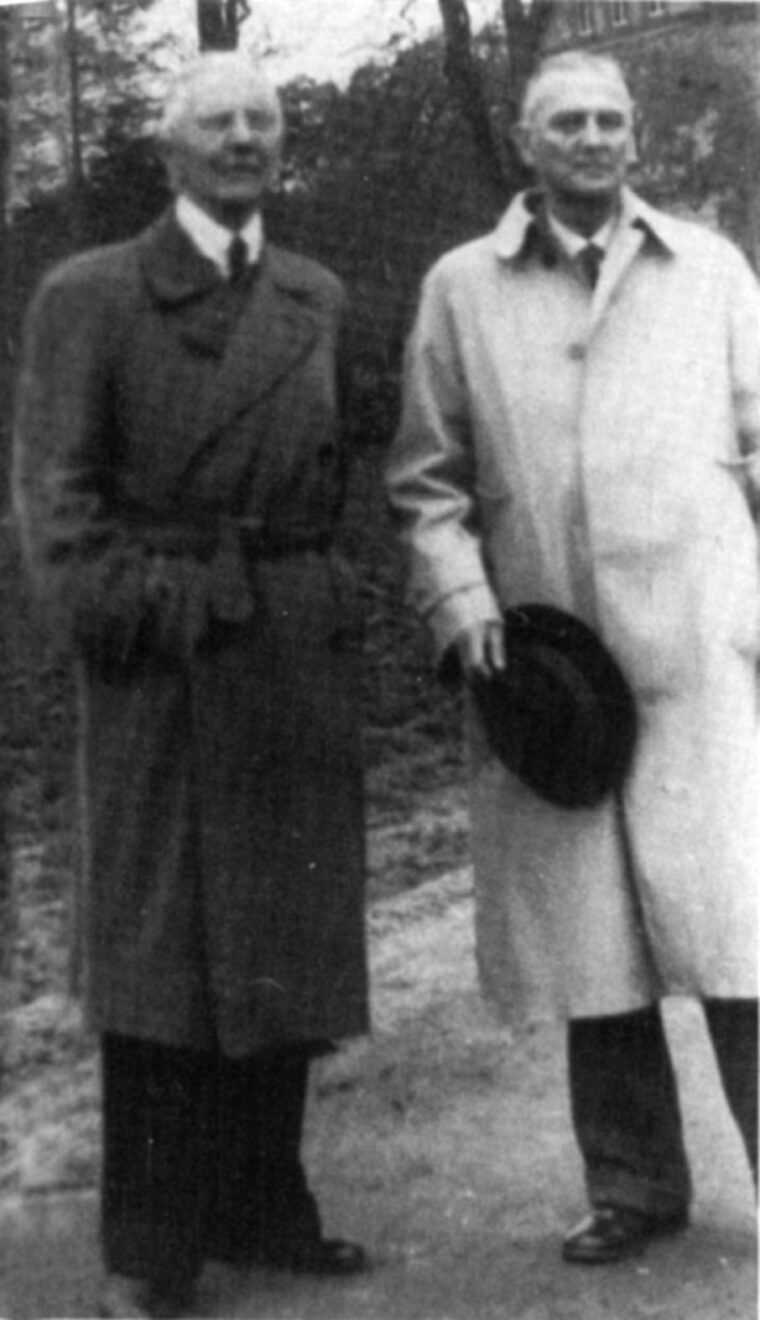
The following morning Fey was stunned to be released from her truck and find herself back in Innsbruck, where she had begun her forced odyssey seven months earlier. Blinking in the bright sunlight, she was further amazed to count more than 120 people now in the procession. There were such distinguished persons as Prince Xavier du Bourbon-Parma of France; former Hungarian prime minister Miklos von Kallay; Hessian Prince Phillip; Mario Badoglio, son of Italy’s anti-Fascist and post-Mussolini head of state; and Hitler’s former finance minister Hjalmer Schacht, who had denounced Germany’s slave-supported rearmament policies.
Fey spent the day in a fruitless search for news of her sons. Then that evening she heard the now familiar, hated order to prepare for another departure. The prisoners were told they were being taken south into Italy, and after another night on back roads they pulled up in a field outside Villabassa, Italy. The SS officers set off on foot into town in search of a restaurant, leaving the captives in the care of their subordinates. During the previous night’s journey two of the newly arrived prisoners, Dr. Wilhelm Flugge and Colonel von Bonin, had eavesdropped as the SS discussed how the captives were to be locked in the trucks and blown to bits by bombs being detonated under the vehicles.
Von Bonin was still dressed in his medal-bedecked Army uniform, and when he angrily demanded to be let off the truck the youthful guards relented. In hopes of obtaining rescue, von Bonin and Flugge set off in search of a Wehrmacht bivouac they had heard was nearby. When they located the post, they were delighted to find it commanded by General Heinrich von Vietinghoff, who had been von Bonin’s commanding officer on the general staff. Von Vietinghoff sent a detachment of his soldiers back with von Bonin to disarm and arrest the SS, whom they located in a local inn.
By this time the demoralized guards had allowed Fey and the other detainees simply to walk away. Through a torrential cloudburst they trudged into Villabassa and learned their guards were now incarcerated themselves as the hostage drama finally ground to an anticlimactic conclusion. After traveling over most of central and eastern Europe during the previous seven months, Fey von Hassell-Pirzio-Biroli was freed just 60 miles from her estate in Brazza. It was April 27, 1945. Three days later, Hitler was dead.
On May 11, 1945, the overjoyed young woman was reunited with Detalmo, but it was September 11, one year to the day after her arrest, before her children were found. Fey’s mother, daughter of Germany’s renowned World War I Admiral Alfred von Tirpitz, located Corrado and Roberto in an SS-run Kinderheim (children’s camp) in Austria near the Swiss border.
Hans Dieter had managed to escape from Kustrin before the Red Army’s arrival and elude the Nazis and communists. After many adventures of his own, he returned to his loved ones. Fey, Detalmo, and their families were one group of Germans and Italians who were able to win the war. n
Working from his home in Tyler, Texas, author Kelly Bell has been writing professionally since 1981. Specializing in military history, he has contributed to a number of publications. He is a former newspaper staff writer.
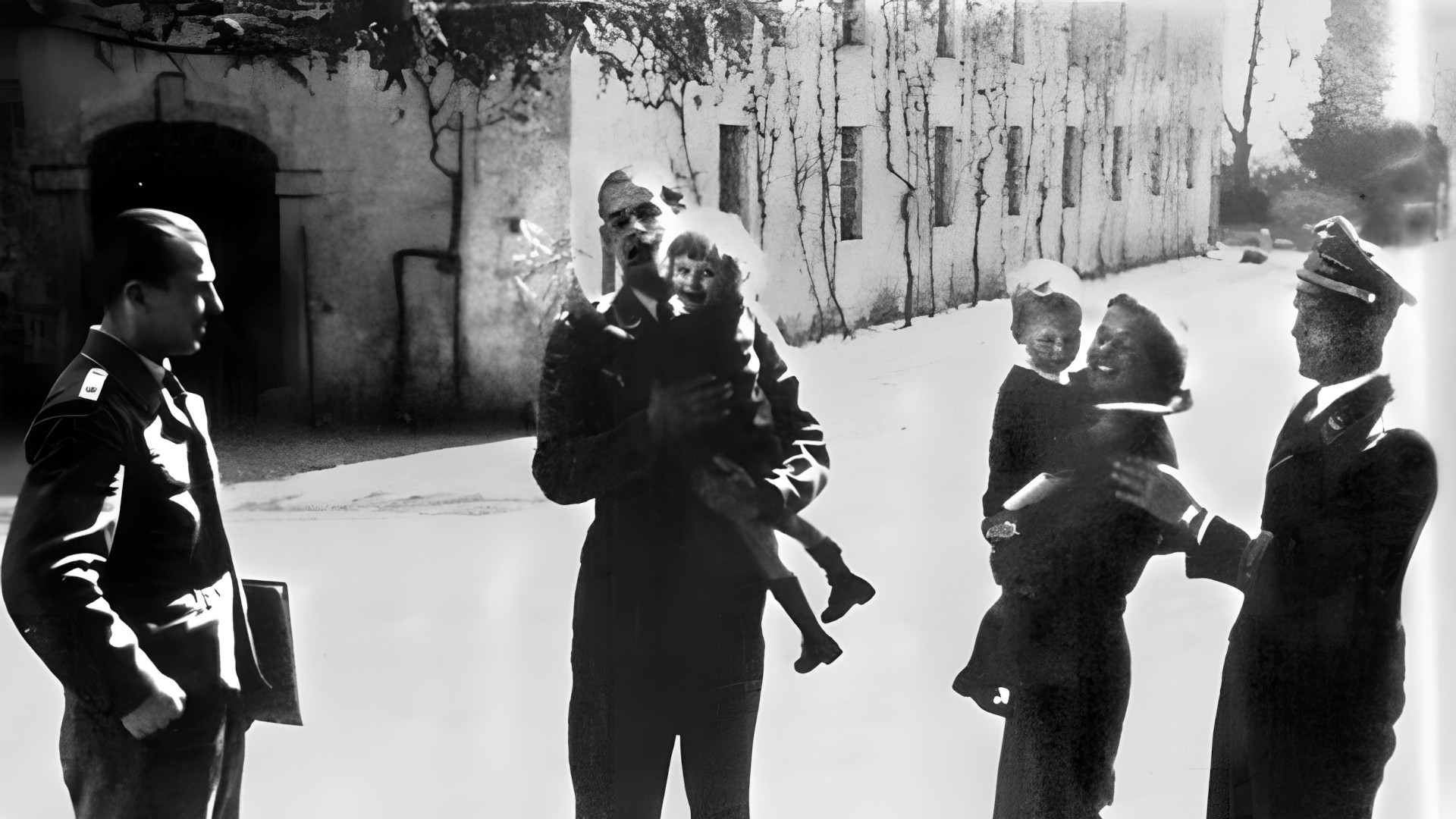
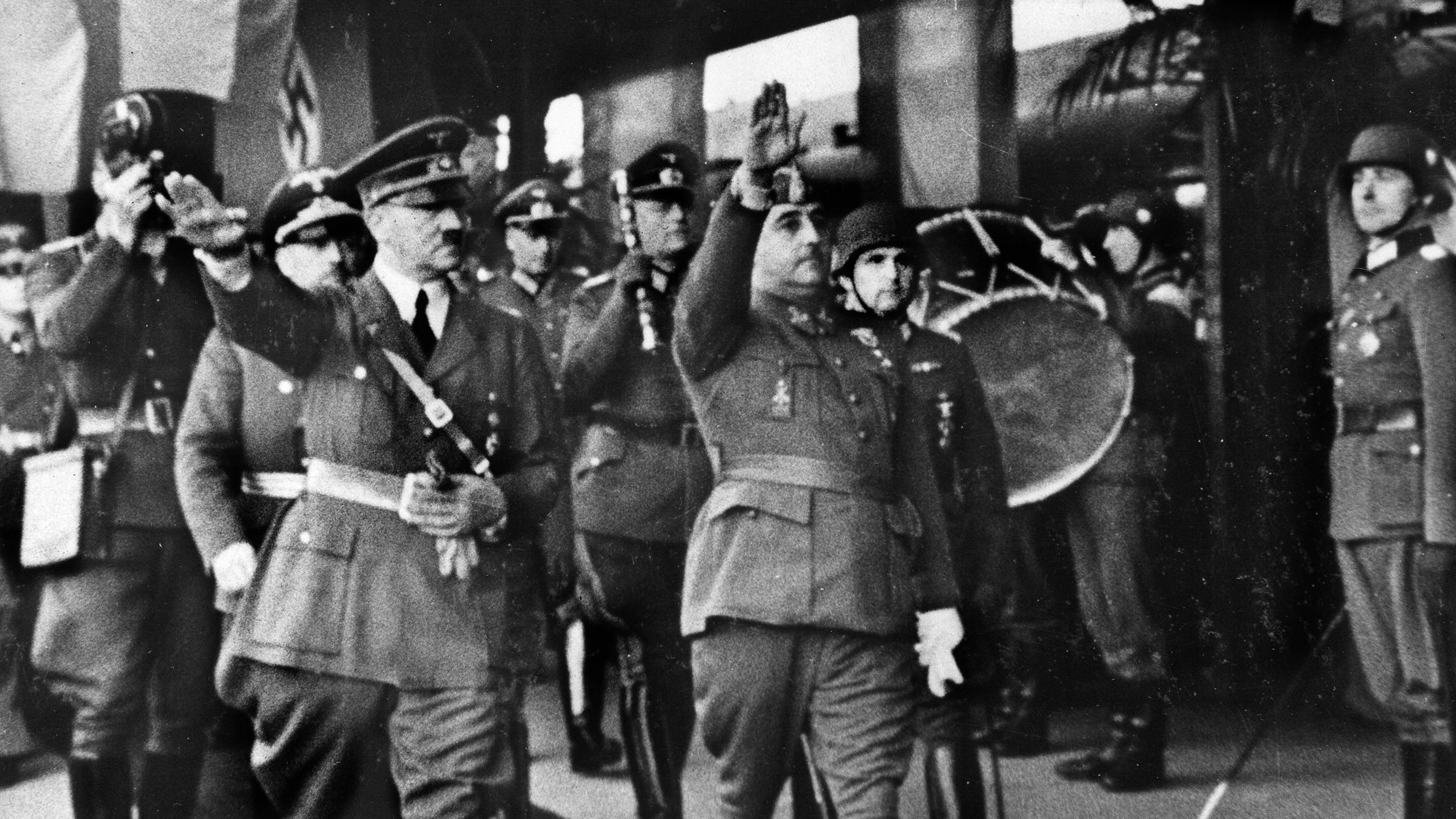
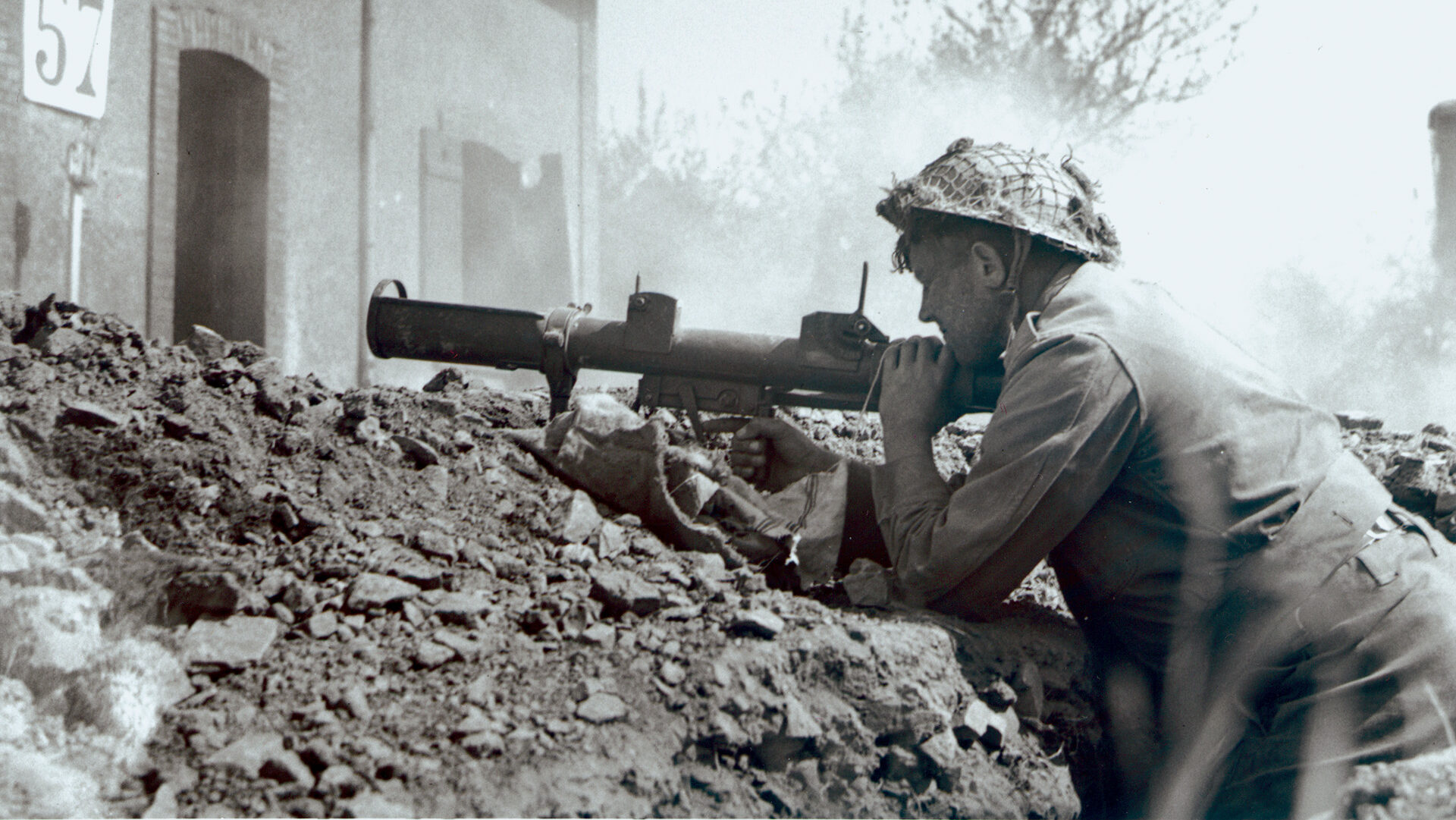
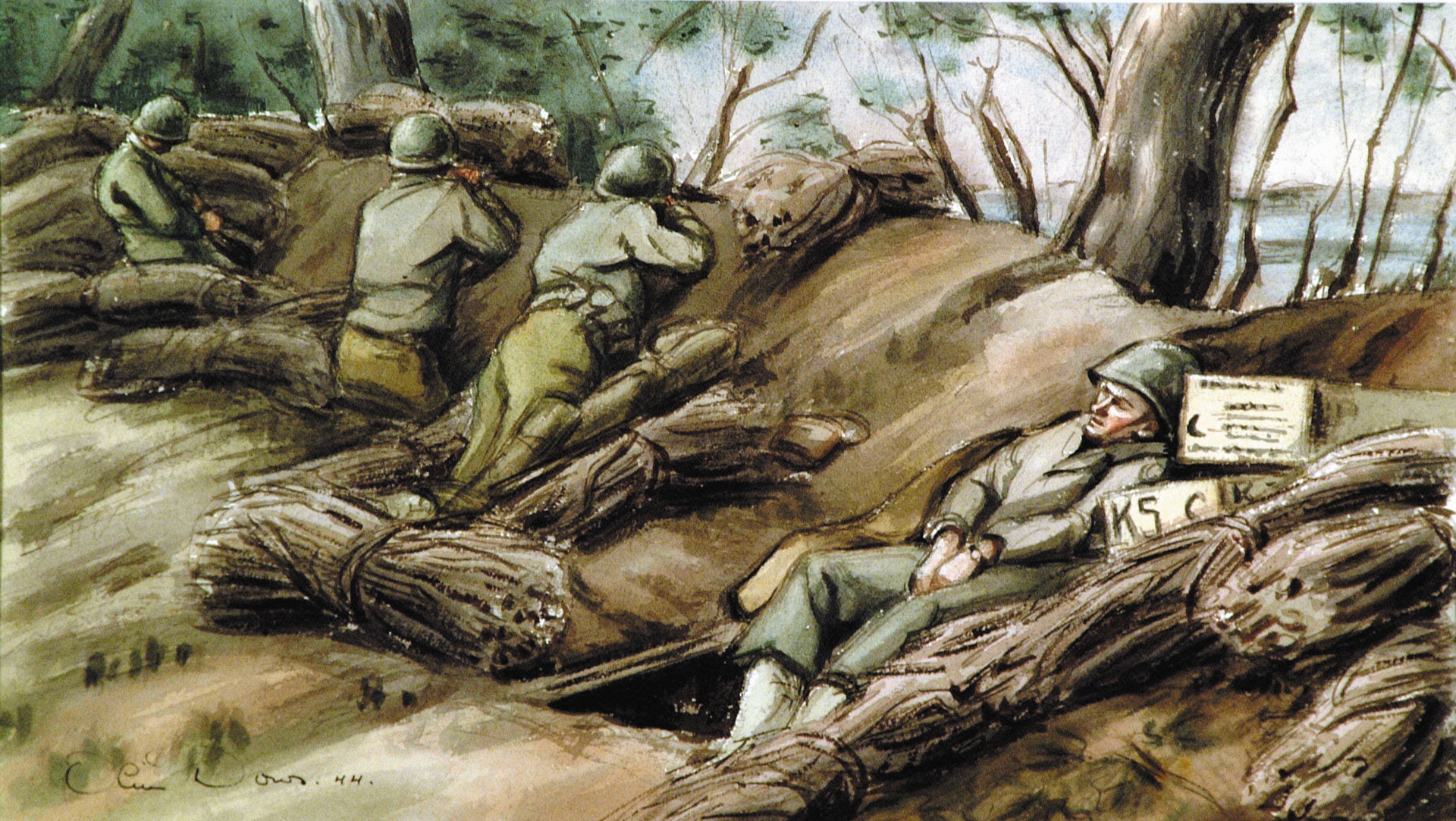
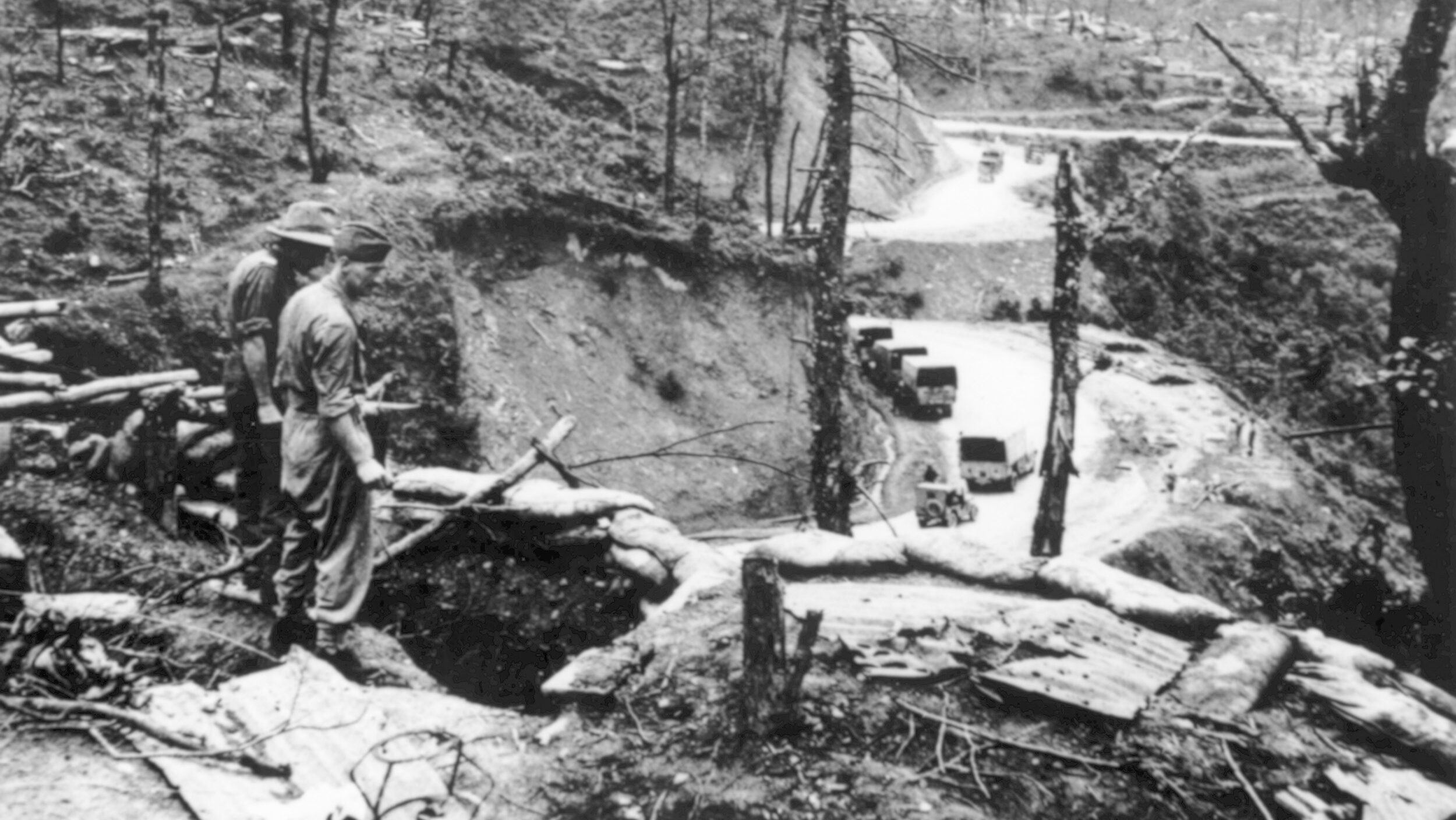
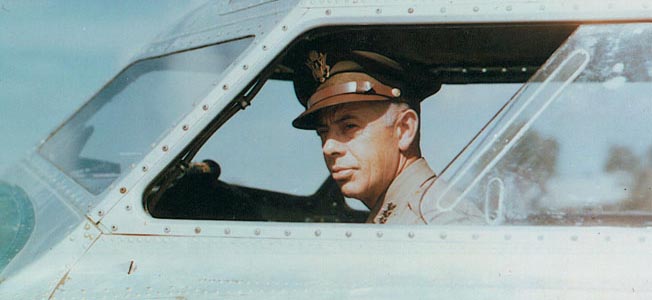

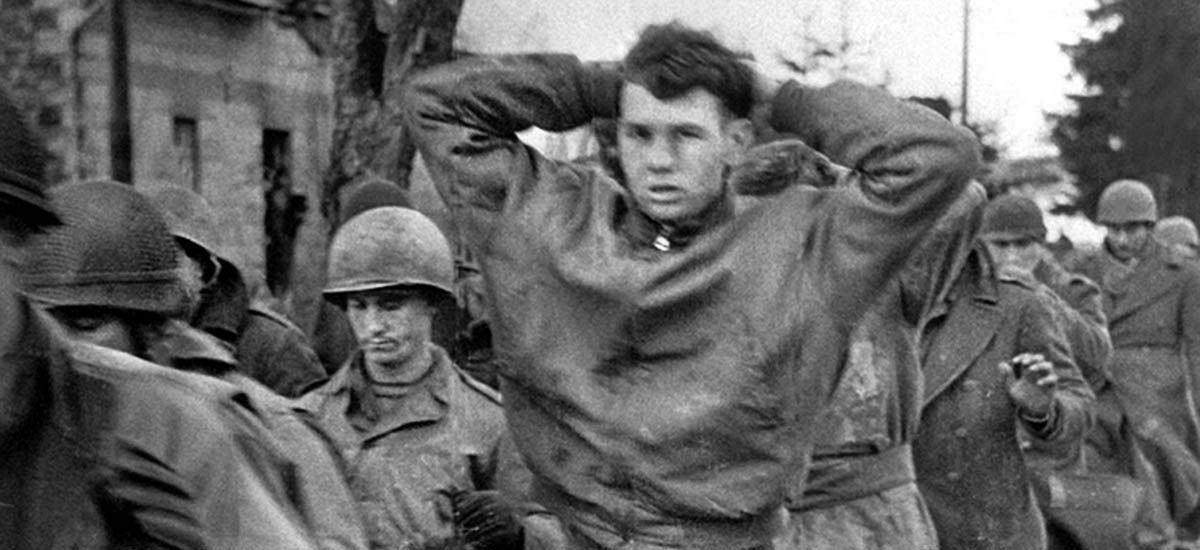
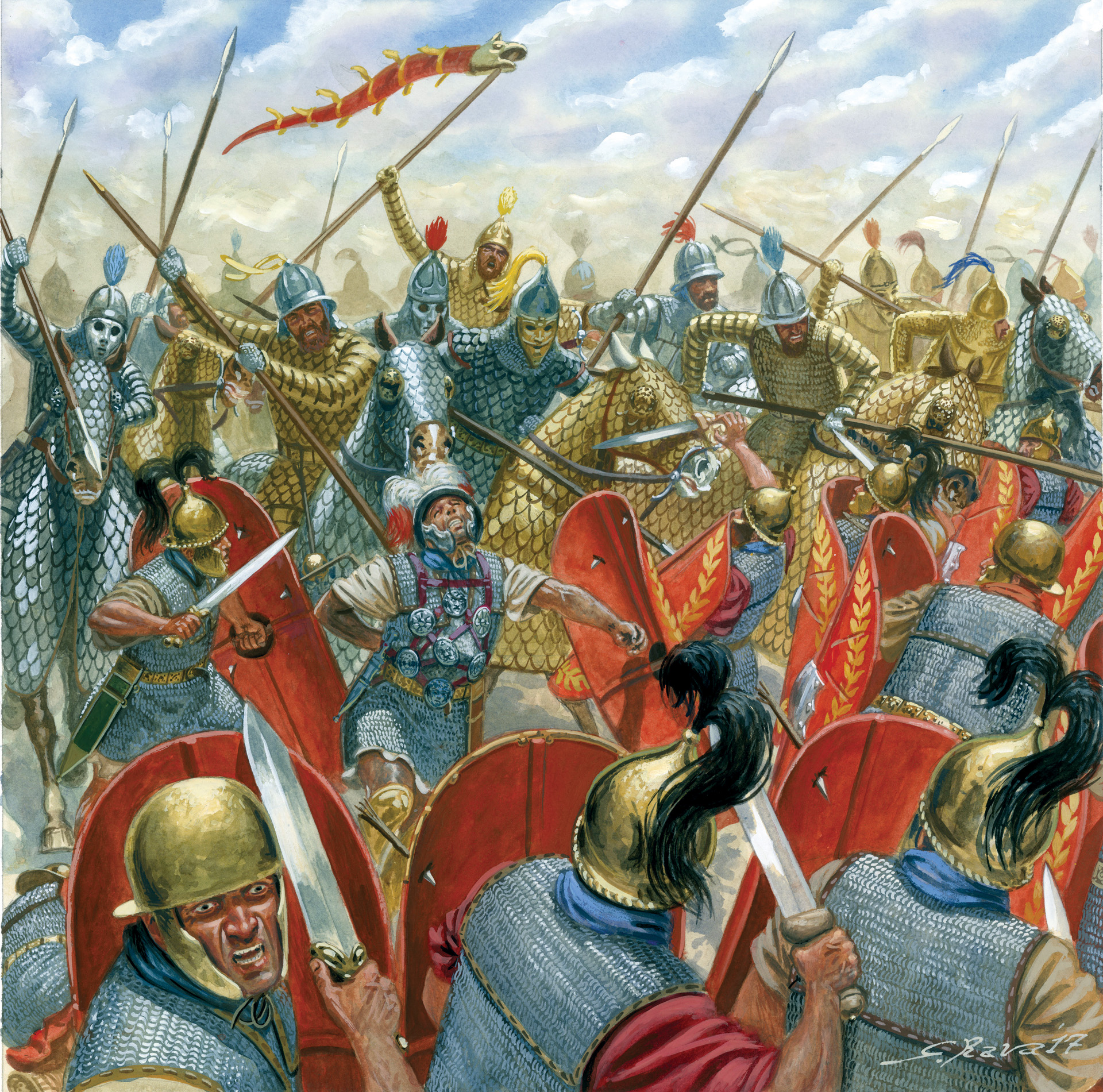
Join The Conversation
Comments
View All Comments